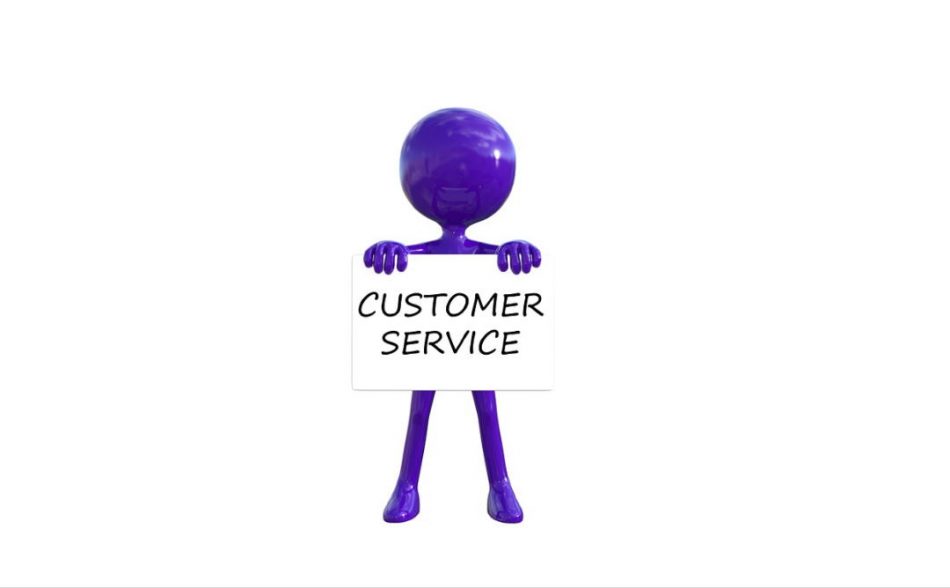When I first arrived at Embry-Riddle Aeronautical University as the President, students were complaining about registration problems. So when the first registration period came up, I observed the process. It seemed quite smooth. I found out that students, in general, were handled within 10 minutes of their scheduled time and that the outlier worst case was 18 minutes.
I thought the problem was licked. However, when I informally surveyed students, they mostly relayed that registration ‘sucked,’ and they had to wait and wait. In fact, sometimes they had to wait almost 10 minutes. Furthermore, they had heard of a student who had to wait about 12 minutes.
Further investigation resulted in interesting dynamics. It turns out that the registration system was previously extremely poor. Students camped out with sleeping bags to get a good first-come, first-served class schedule. This system had been recently modified, and with the new rules and computer scheduling, students were assigned a time slot. And as shown above, we were pretty good at keeping on schedule, given the complexity of dealing with student requests.
As I later discovered, the upperclassmen had told students that registration was terrible, and the freshman believed it. When they showed up and the wait was 10 minutes, they impatiently stomped their feet. Clearly, student expectations were not being met.
We suffered from two problems.
We wanted to be perceived as having a student-friendly registration system, so we changed our process such that the reality was close to what we wanted. Unfortunately, our communication about this new process was inadequate. Naturally, we did not achieve the desired perception.
Secondly, since we lost control of the communication and let word of mouth control the situation, student expectations weren’t being set. They came with a preconceived notion that registration was terrible and classified whatever they observed as bad.
To combat this, we launched a multipronged attack to achieve the desired result. We worked with the student paper to highlight the new program. They compared the new process to the previous one and solicited examples of the old horror days, showing how great the current students have it.
Another key part of the program was to engage the students one at a time. As they registered, registrar agents asked each student if they started their registration appointment within 10 minutes of their scheduled time. This taught them a standard. I heard that some gave a cookie to those who said yes and others hit one of those countertop bells to announce the success.
The new reality was acknowledged with an effective communication program, and we established appropriate expectations for that service. Using these steps, we reversed students’ perceptions in only one quarter. Learn more about using the perception equation to understand the relationship between perception, reality, and communication.
Share this Post

